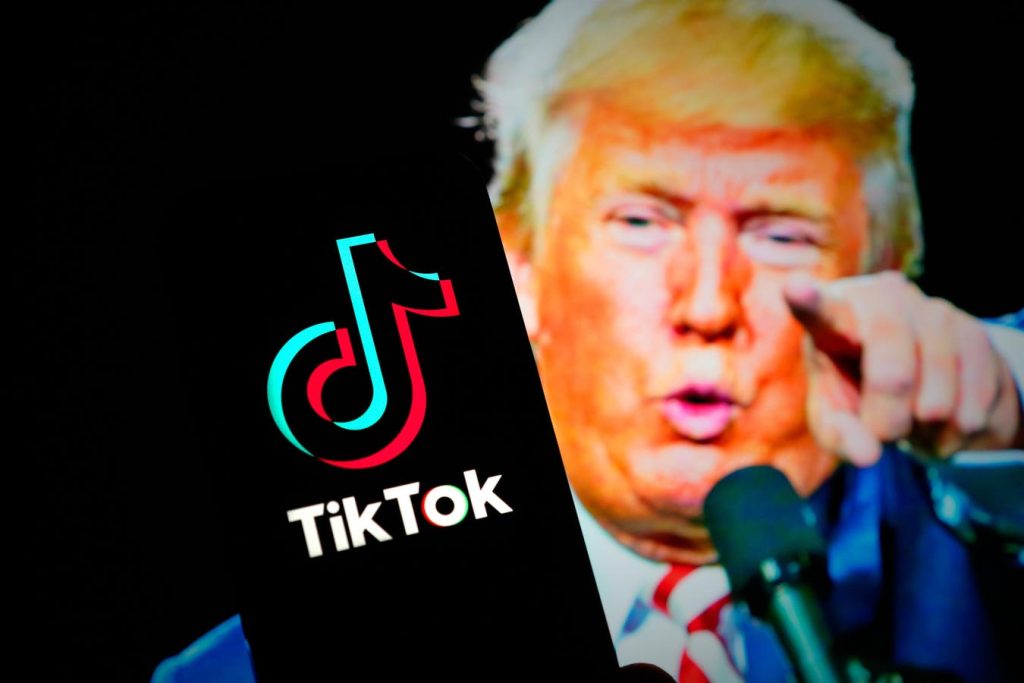ByteDance’s 2024: A Tale of Global Triumph Amid Regulatory Storms
ByteDance, the Chinese social media behemoth behind TikTok, experienced a year of stark contrasts in 2024. While facing an existential threat in the United States—where President Biden signed legislation requiring ByteDance to either sell TikTok or face a nationwide ban—the company simultaneously celebrated remarkable international growth. Outside American borders, TikTok witnessed its revenues surge by an impressive 38%, reaching $6.3 billion. This financial success story highlights ByteDance’s resilience and adaptability in navigating complex global markets, even as regulatory challenges mounted across multiple continents. The company’s operations in the United Kingdom, Europe, and Latin America have been particularly stellar performers, more than doubling their revenues since 2022 when they generated $2.6 billion, according to official filings with the UK’s corporate registry.
Though TikTok hasn’t yet achieved profitability globally, its financial trajectory shows promising signs of improvement. Pre-tax losses narrowed significantly to $616 million in 2024, a substantial reduction from the $1.47 billion loss recorded in 2023. This financial tightening represents careful management and strategic focus during a turbulent period. While growth rates outside the U.S. have moderated somewhat—down from the previous year’s explosive 75% increase to a still-impressive 38%—the app continues to expand its market reach and revenue potential. These figures, however, represent only a portion of ByteDance’s global earnings empire. The parent company also operates Douyin (TikTok’s Chinese counterpart), the popular Chinese news app Jinri Toutiao, and an expanding portfolio of AI-powered applications including study aid Gauth and photo-sharing platform Lemon8. Industry reports suggest ByteDance’s overall revenues grew 29% to reach approximately $155 billion, positioning it remarkably close to Meta’s $164.5 billion in sales.
Despite this financial success, TikTok faces mounting regulatory challenges worldwide. In the United States, while President Trump appears likely to offer ByteDance another temporary reprieve from a potential ban, the European regulatory landscape presents even more immediate concerns. Recognizing these risks, TikTok prudently set aside $1 billion last year to cover anticipated European government fines—a decision that now appears remarkably foresighted given recent regulatory actions. The European Commission has initiated proceedings against TikTok for allegedly failing to mitigate election integrity risks, particularly following the controversial 2024 Romanian presidential election, which was ultimately annulled partly due to manipulation on the platform. This represents just one front in a multi-pronged regulatory assault: UK authorities are investigating potential misuse of children’s data, Spanish regulators are examining allegations of illegal ad targeting, and French lawmakers are scrutinizing the app’s psychological impact on young users. Meanwhile, Irish data protection authorities—having already imposed fines accounting for more than half of TikTok’s $1 billion provision—have launched a second investigation into whether ByteDance improperly allowed Chinese access to European users’ data.
In response to these regulatory pressures, ByteDance has implemented “Project Clover,” a strategic initiative aimed at limiting Chinese access to European user data. The company recently launched a data center in Norway and announced plans for a second facility in Finland, demonstrating a commitment to addressing European data sovereignty concerns. While these infrastructure investments may mitigate some regulatory risks, TikTok still faces potential fines of up to 6% of its annual revenue for non-compliance with the European Digital Services Act’s transparency requirements regarding advertisers. The company’s approach balances addressing legitimate regulatory concerns while maintaining the operational flexibility needed to sustain its growth trajectory in competitive markets. This delicate balancing act represents one of the most significant challenges for ByteDance as it attempts to preserve TikTok’s global footprint amid intensifying scrutiny of Chinese technology companies.
Alongside its regulatory response strategy, TikTok has embraced aggressive cost-cutting measures to improve its financial position. Recent reports indicate the company has warned hundreds of trust and safety employees in London about planned layoffs, with intentions to leverage artificial intelligence for content moderation tasks. Despite these workforce reductions, TikTok maintains that “the safety of our users continues to be central to the Group’s operations,” according to its financial accounts. The company’s annual filings reveal a 6% decrease in headcount across European operations, bringing the total down to 7,981 employees. Paradoxically, despite these cuts, staff costs actually increased to $937 million in 2024 from $805 million the previous year, suggesting investments in higher-skilled positions or increased compensation for remaining employees. These layoffs represent part of a broader efficiency drive, with additional workforce reductions implemented in April, May, and July.
ByteDance’s 2024 experience encapsulates the complex reality facing global technology companies in today’s fragmented regulatory environment. While achieving remarkable financial growth and technological innovation, the company simultaneously navigates an increasingly hostile regulatory landscape across multiple jurisdictions. TikTok’s ability to maintain strong revenue growth despite these challenges speaks to both the platform’s enduring appeal among users worldwide and ByteDance’s strategic agility. As the company moves forward, it must balance cost control, regulatory compliance, and continued innovation—all while addressing legitimate concerns about data privacy, content moderation, and potential foreign influence. ByteDance’s approach to these challenges will likely serve as a case study for other multinational technology companies operating across increasingly divergent regulatory regimes, demonstrating how global platforms can adapt to local requirements while maintaining their core business models and growth trajectories.


